Understanding Household & Environmental Hazards
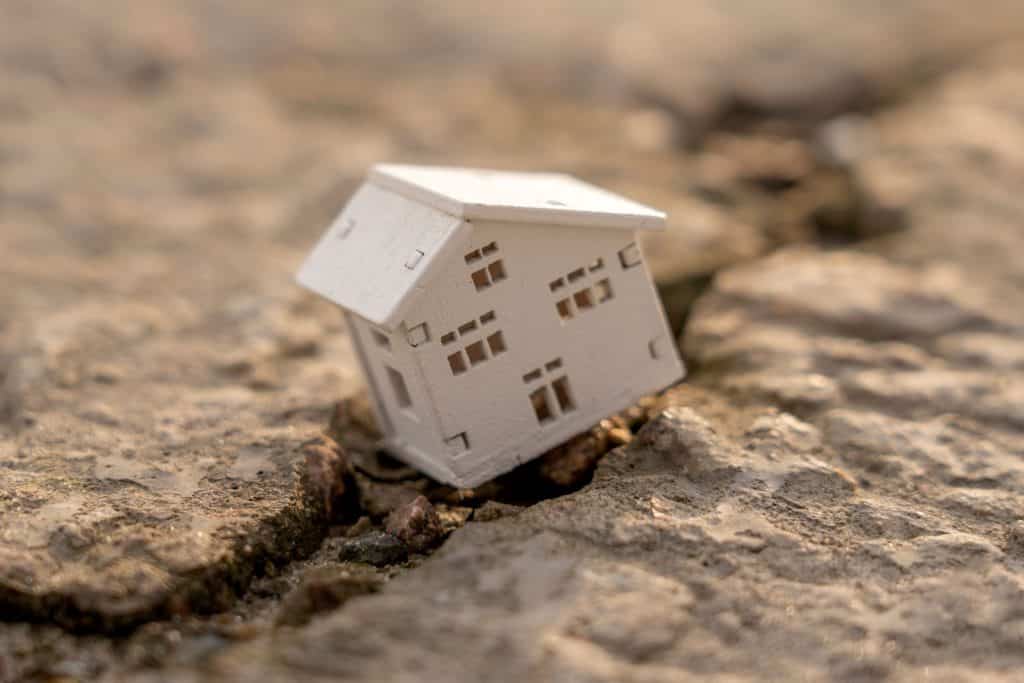
Your home should be a place of comfort and safety—but what if it’s quietly putting your health at risk? Many homeowners don’t realize that everyday environments can hide dangerous hazards, from mold and radon to outdated building materials like asbestos and lead-based paint. These threats often go unnoticed until they start affecting your well-being or cause expensive property damage.
Environmental and structural hazards aren’t just problems for older homes, either. Even new or recently renovated spaces can suffer from poor ventilation, moisture buildup, or improperly installed systems that create long-term risks. Whether you’re a first-time homeowner or have lived in the same house for years, knowing what to look out for is essential.
In this guide, we’ll break down the most common household and environmental hazards, explain how they affect your health and home, and share expert-backed strategies for prevention and maintenance. A little awareness today can save you from major headaches tomorrow.
Moisture Related Hazards
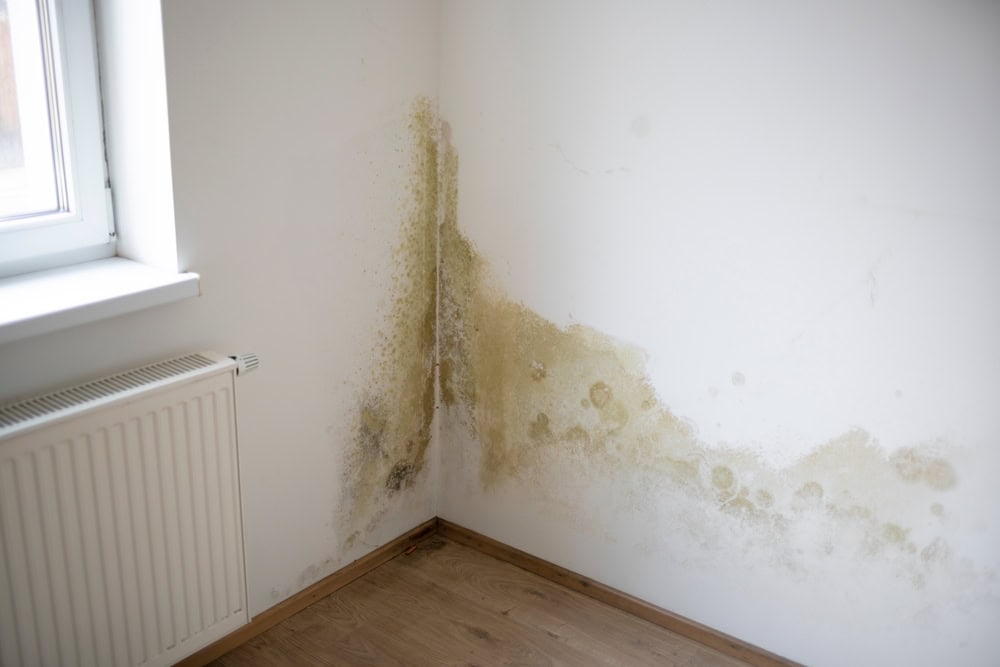
Hazards associated with damp environments or excessive water exposure:
- Algae: Microorganisms growing in damp areas, discolor shingles.
- Condensation: Water condensing on walls and ceilings due to humidity, controlled with ventilation.
- Fungal Wood Rot (Dry Rot): Caused by long-term exposure of wood to moisture and poor air circulation.
- Decay: Breakdown of wood due to fungi in damp conditions.
- Fungi: Microscopic plants causing mold, stain, or wood decay.
- Ponding: Water pooling on roofs due to poor drainage.
- Sludge: Waste buildup in sump pumps, gutters, or septic systems.
- Spalling: Chipping and flaking of bricks, masonry, or concrete caused by poor drainage and freeze/thaw cycles.
Chemical Hazards
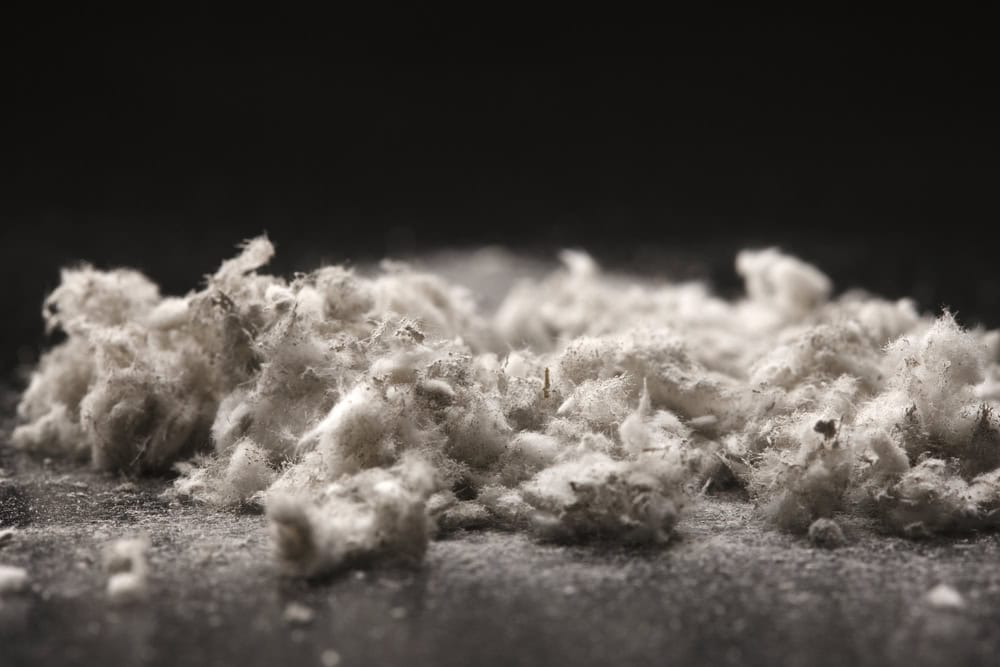
Substances harmful to health when improperly handled or encountered:
- Asbestos: Hazardous fibers from insulation, tiles, and older materials linked to lung diseases.
- Bleeding: Migration of liquids or chemicals to adjacent surfaces.
- Carbon Monoxide (CO): Poisonous gas from incomplete combustion, often colorless and odorless.
- Corrosion: Deterioration of metal exposed to weather, moisture, or chemicals.
- Lead-based Paint: Toxic metal linked to severe health issues, especially for children under age 6.
- Radon: Radioactive gas associated with lung cancer, mitigated by ventilation or vapor barriers.
Construction and Structural Defects

Deformations or damages to building materials caused by environmental factors or aging:
- Alligatoring: Cracks resembling alligator skin in aged asphalt or paint due to thermal expansion.
- Buckling: Bending of materials from wear or water exposure.
- Crazing: Web-like hairline cracks in weathered materials, like metal and concrete.
- Cupping: Warp that causes wood boards to curl at edges.
- Distortion: Alteration of glass flatness causing visual issues.
- Settlement: Structural shifts, often from underground freeze-thaw cycles.
- Splitting: Long cracks in membranes caused by stress or expansion issues.
- Warping: General distortion in a material from usage or environmental stresses.
Roofing and Surface Hazards
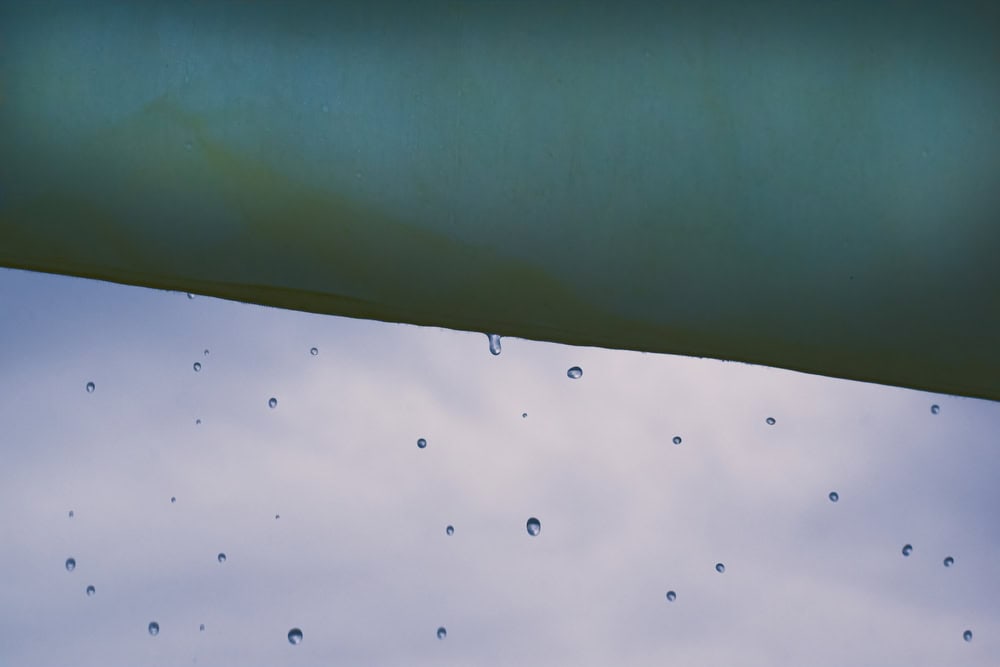
Issues that commonly arise on roofs, shingles, or building surfaces:
- Blister: Raised spots on a surface caused by moisture, trapped air, or gases.
- Blue Stain: Discoloration in wood from mold-like fungi.
- Drippage: Bitumen material dripping from roof edges or deck joints.
- Feathering Strips: Tapered wood strips used to level wood shingles during re-roofing.
- Mud Cracks: Shrinkage cracks in coatings applied too heavily.
- Veining: Lines or marks on aging soft bitumen roofing materials.
Concrete, Masonry, and Foundation Issues
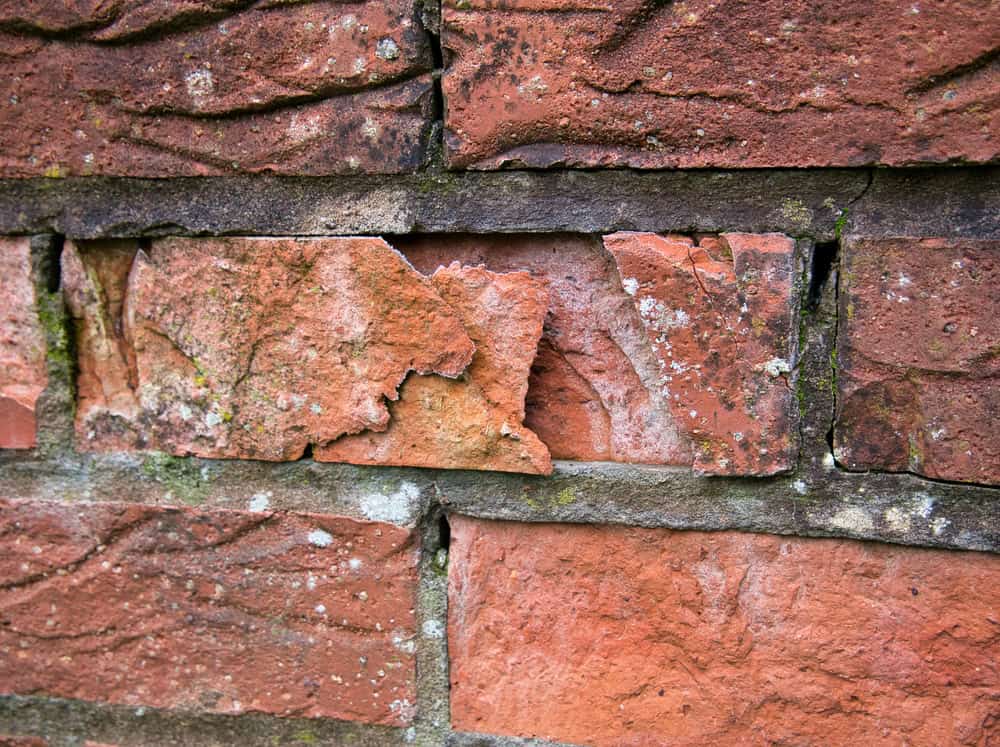
Problems related to cement, bricks, and foundational materials:
- Crater: Pits caused by cracking from contaminants in concrete.
- Mushroom: Widening of caisson pier tops beyond foundation wall thickness.
- Pop-out/Stucco Pop-out: Spalling of stucco materials due to poor installation or stress.
- Spalling: Chipping or flaking due to poor drainage and freeze-thaw cycles.
Summary: Home & Environmental Hazard Awareness
Hidden hazards like moisture damage, harmful chemicals, and structural flaws can silently compromise your home’s safety and comfort. For quick action, use tools like carbon monoxide detectors and dehumidifiers to catch problems early. For a more permanent fix, invest in professional inspections and follow up with proper remediation when needed.
To avoid future risks, stick to a regular home maintenance routine, address warning signs early, and stay informed about environmental concerns in your area. By taking these steps, you’ll protect your health, preserve your property’s value, and create a cleaner, safer space for everyone inside.